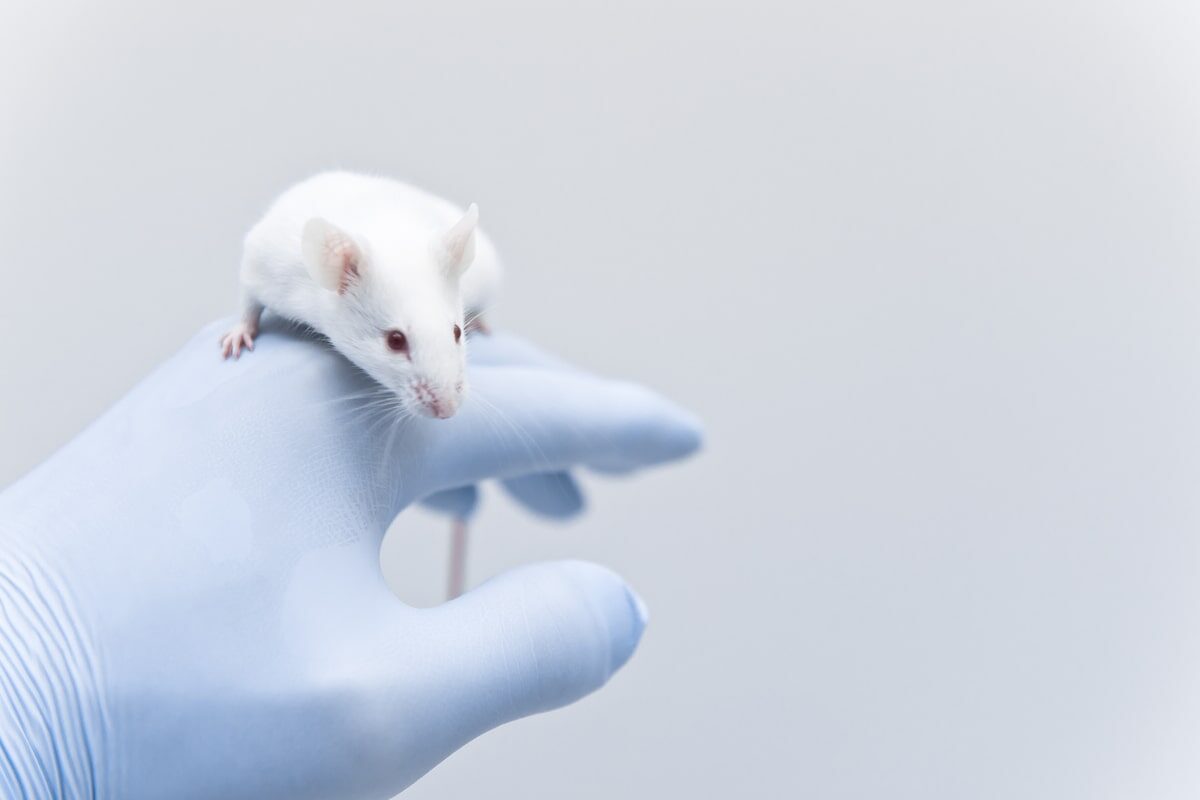The first and most important step in scientific paper writing is to choose your research question. You must choose a topic that will advance and add to the existing scientific knowledge. Even the journal editor won’t accept a paper that does not have a good research question.
The significance of a good research question:
A good research question:
- Gives the researchers more clarity on developing the study protocol, designing the study, and analysing the data.
- Makes a good initial impression on the scientific journal editors and peer reviewers.
- Shows a well-thought research.
- Increases your chances of publication in the journal.
Although your paper can address more than one research question, it’s better to focus on one primary research question.
But what makes a good research question?
Though this will vary for different papers and across disciplines, there is an overall criterion to keep in mind while planning your research question.
So, let’s dive in to learn that criteria!
1) So what?
Foremost, after choosing your research question, always ask yourself “So what?” This means that the findings/ result pursuing from the question must be important, interesting, and meaningful.
For example, the research question “Is exercising beneficial to reduce impairment in people?” won’t yield any meaningful knowledge. A targeted question like “Is therapeutic exercise of benefit in reducing impairment for people who would be expected to consult a physiotherapist?” could help physiotherapists revive their treatment procedure for the patients.
2) Unobviousness
Scientific journal editors’ stress on novelty and “unobviousness” i.e. the research question should not have an obvious or an undisputed answer. You can ensure this unobviousness and provide value in one of the following ways:
- Contribute new information that has a real-world application or leads to further lines of research
- Validate the existing information and extend its applicability
- Provide findings that contradict the existing literature OR
- Critically review and analyse the literature.
Good research questions arise from critical thinking about current practices and problems and from applying new concepts to solve old problems.
3) Replication is sometimes acceptable
It’s not always necessary to convey unknown information through your research paper. You may replicate other researchers’ observations, especially if they were controversial or weak but significant. You can research whether the findings in one population also apply to others or clarify known relationships by using new methodologies.
So, when you formulate your research question, check whether it fulfils the above three requirements. And if yes, you’ve probably got a worthwhile research question.
After knowing the qualities of a good research question, it’s time for the tips to formulate one.
Tips for finding and formulating good research questions
Your field of experience and your own research interests are obviously important to identify the potential lines of research. However, you must review the existing literature to know whether your question is still relevant.
In addition, keep abreast of the current developments in the field to avoid doing same thing someone else has done.
Ways of finding a new research question:
- From the old literature. The ‘Discussion’ section of many papers often mentions the questions that remain unresolved or additional studies that can be done. You can formulate a good research question from the old literature by identifying the gaps and weaknesses in them.
- Attending conferences. Recent advances in any field of Science are presented at the academic conferences. Participating in such conferences will help you network with the experts in the field and aid in your own research.
Conclusion
Since research question is the most crucial element of any scientific paper, you must take extreme care while choosing it. If you write a paper with results that are unoriginal, predictable, or trivial, it’s less likely to be published. So, contact our professional scientific writing services team to develop the right research question that will help you avoid problems in future.





